Kakao Games set to release Norse-themed MMORPG Odin: Valhalla Rising worldwide Game has surpassed 17 million downloads across Asia Discover four of the nine realms with near-seamless expl
Author: JasonReading:3
In 2015, the French studio Don't Nod set a new standard for interactive dramas with Life is Strange, an enchanting adventure that celebrated the beauty of everyday moments, the power of unbreakable friendships, and the relentless march of time. Players were drawn to its meticulous attention to detail and the ability to explore and influence the game's world. While subsequent projects saw the developers branching into different genres, none quite recaptured the magic that Life is Strange had sparked in fans' hearts.
Years later, Don't Nod returns to their roots with Lost Records: Bloom & Rage, another coming-of-age tale. This game isn't just interactive cinema; it's a nostalgic tribute to a bygone era and the joys of carefree youth. With its perfect atmosphere, vivid characters, and the weight of unpredictable choices, Lost Records captivates players and reignites the passion that Life is Strange fans have longed for.
Table of Content ---
Friends Reunite to Uncover Secrets from the Past After 27 Years Choices Still Impact Surroundings, Dialogues, and Relationships Bloom & Rage Creates Beautifully Imperfect Characters A Town Worth Dreaming About Slow-Paced Plot The Defining Feature of the Story 0 0 Comment on this
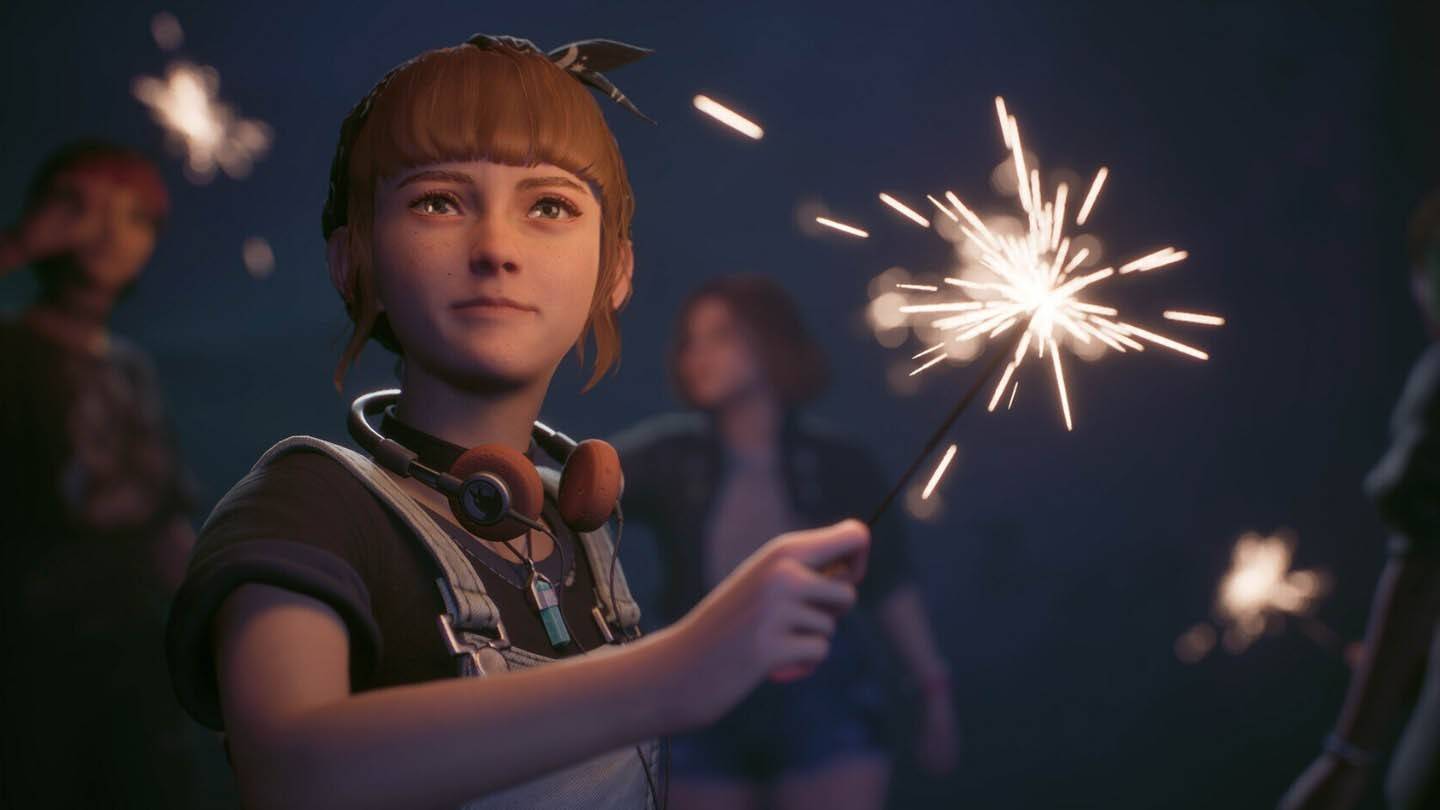 Image: ensigame.com
Image: ensigame.com
At the core of Lost Records is the story of four women whose friendship dissolved 27 years ago. The protagonist, Swan Holloway, returns to her hometown of Velvet Bay for a reunion with her old friends, only to discover a mysterious package from the past. Set against a backdrop of a forest and an abandoned house, the game delves into secrets better left buried, bringing forgotten memories back to life. Bloom & Rage encapsulates the essence of a summer night's dream revisited.
The narrative weaves between two timelines: 1995, a time when life seemed simpler and more vibrant, and 2022, where the now middle-aged heroines awkwardly reconnect in a bar, skirting around the incident that drove them apart. The game cleverly uses first-person camera angles to highlight the contrast between these periods.
However, the bulk of the gameplay unfolds in the past, where players explore breathtaking locations, forge relationships, and capture moments with a vintage HVS camera.
Video recording is a central mechanic, echoing Life is Strange's Max Caulfield. Swan records graffiti, wildlife, people, and even hints of the paranormal.
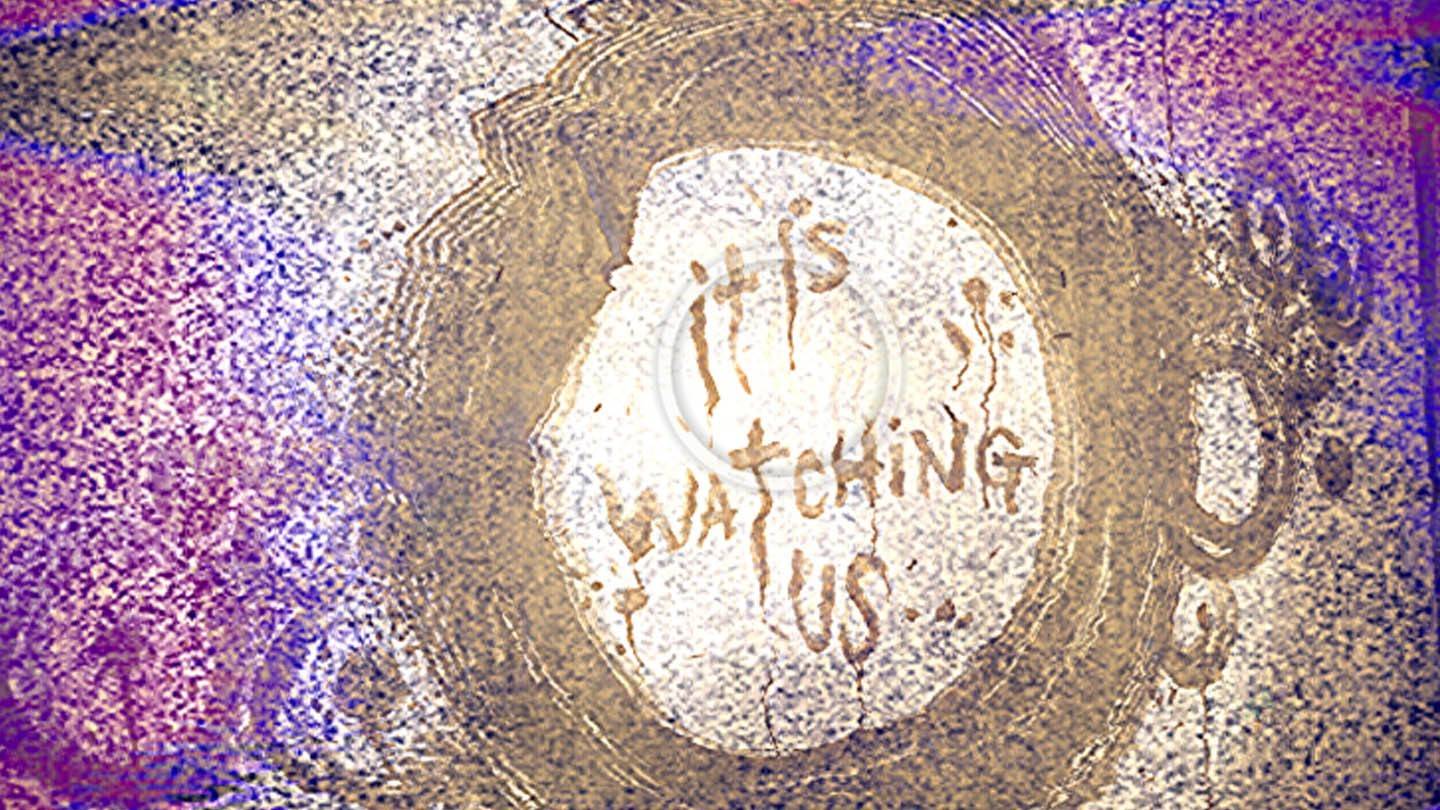 Image: ensigame.com
Image: ensigame.com
In a dedicated menu, these clips can be edited into short films, categorized by theme, and Swan provides commentary on the results. While some of these documentaries appear in the storyline, they do not influence the plot directly.
The choices players make have both immediate and long-term effects on the narrative. The game's episodic format and the nature of its story mean that the long-lasting impacts are fewer, but they add depth to the experience.
Lost Records excels in interactivity and detail, hallmarks of Don't Nod's work.
For example, when Swan expresses a craving for ice cream from a nearby truck, players can choose to fulfill her desire or continue with other activities. Delaying too long might result in the truck closing, altering subsequent conversations with new characters.
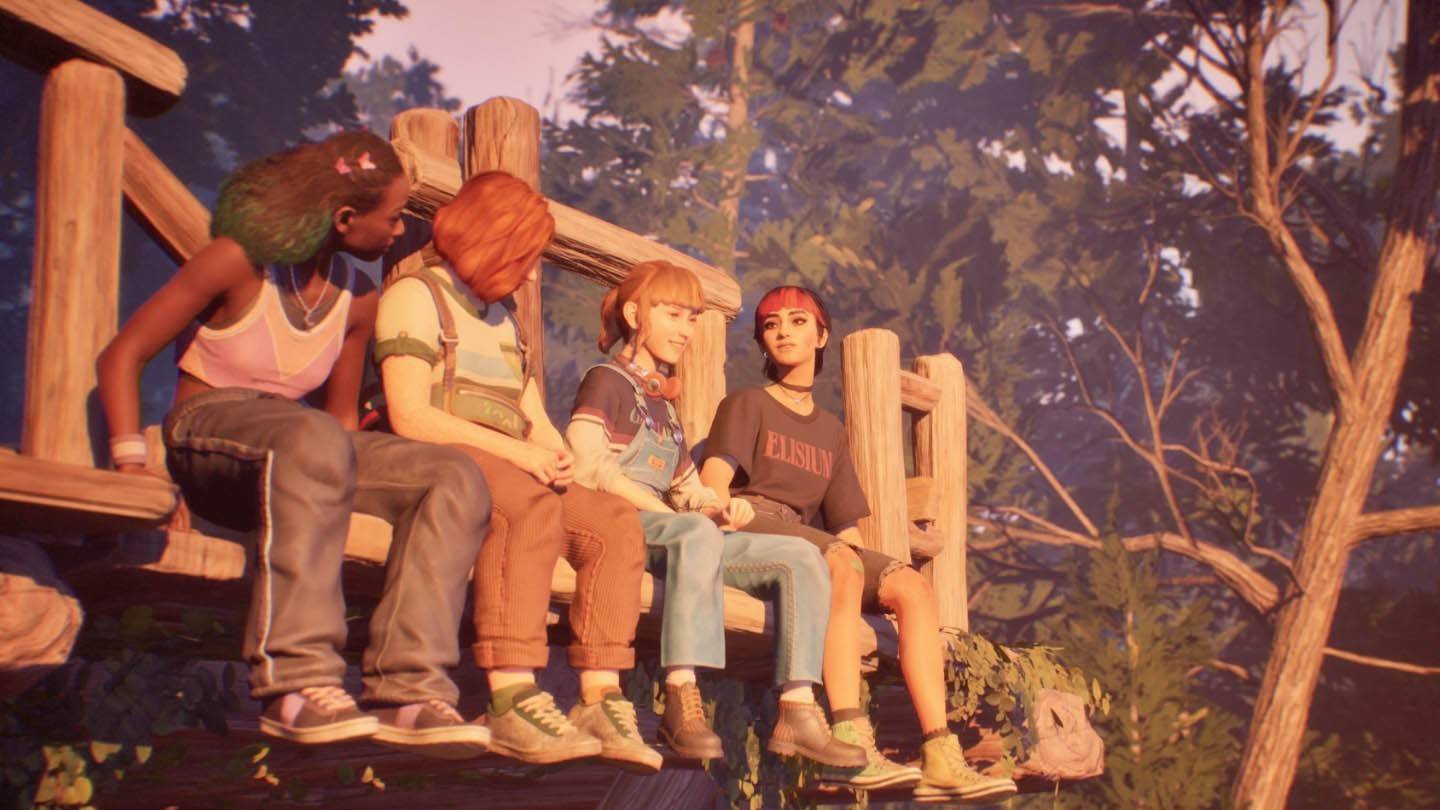 Image: ensigame.com
Image: ensigame.com
The game's world is dynamic and engaging. Dialogues flow in real-time, reminiscent of Oxenfree and Telltale's adventures: characters interrupt each other, change topics, and even offer silence as a response. Sometimes, choosing not to speak is the best way to keep a secret.
The freedom to build relationships is another form of choice. Players aren't required to seek everyone's approval; if a character doesn't appeal, they can simply be ignored. Swan's shy nature allows for a gradual unfolding of her personality.
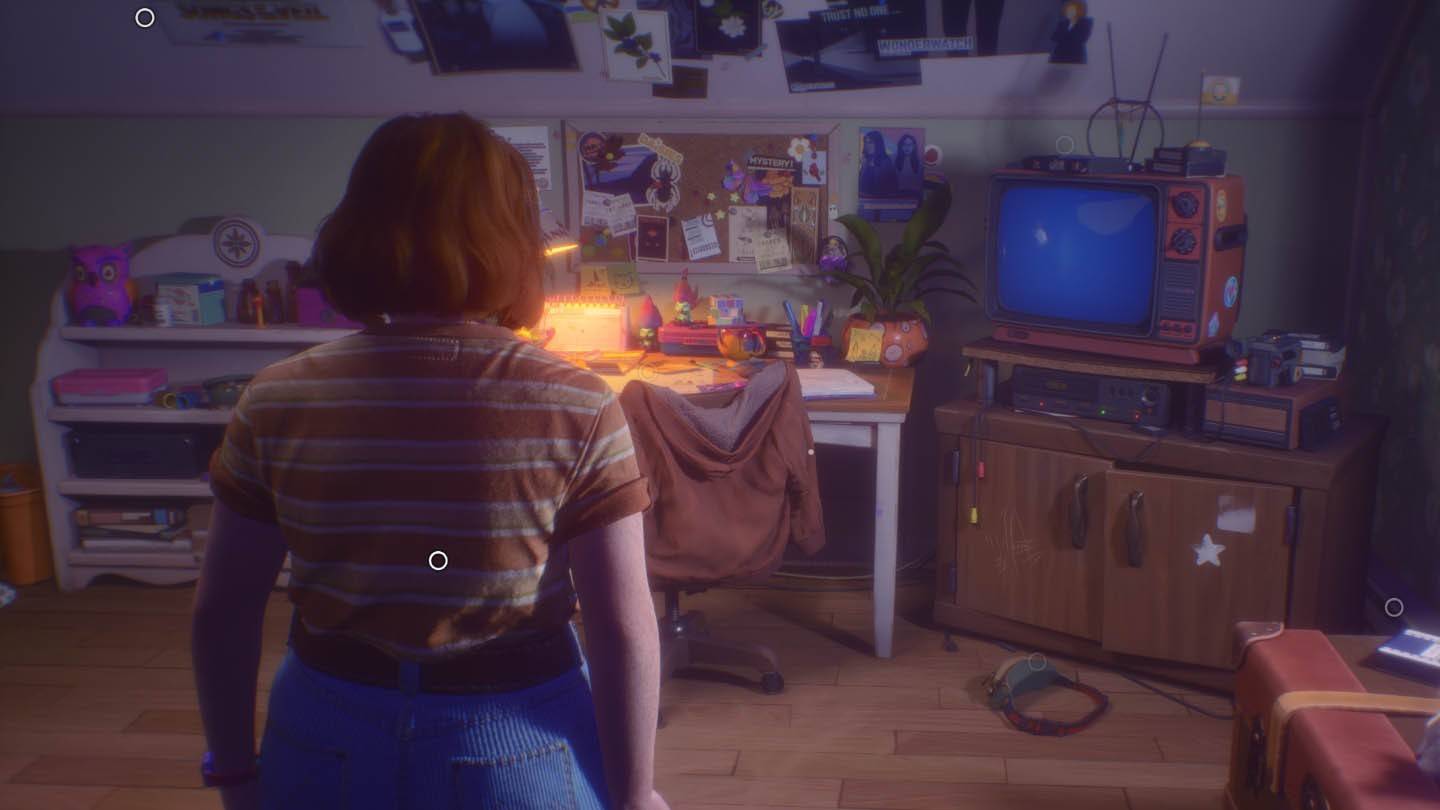 Image: ensigame.com
Image: ensigame.com
Don't Nod has a knack for crafting characters that feel real. They're loud, sometimes awkward in their youthful idealism, yet deeply sincere.
After critiquing Life is Strange: Double Exposure for its lack of soul, I questioned whether interactive films still resonated with me. It turns out, the issue wasn't with the genre but with the storytelling. Deck Nine doesn't capture personalities as effectively as Don't Nod.
Swan is endearing, an ordinary 16-year-old grappling with self-doubt and hiding behind her camera. While reminiscent of Life is Strange's Max Caulfield, Swan isn't a mere echo; she's a unique character with her own journey.
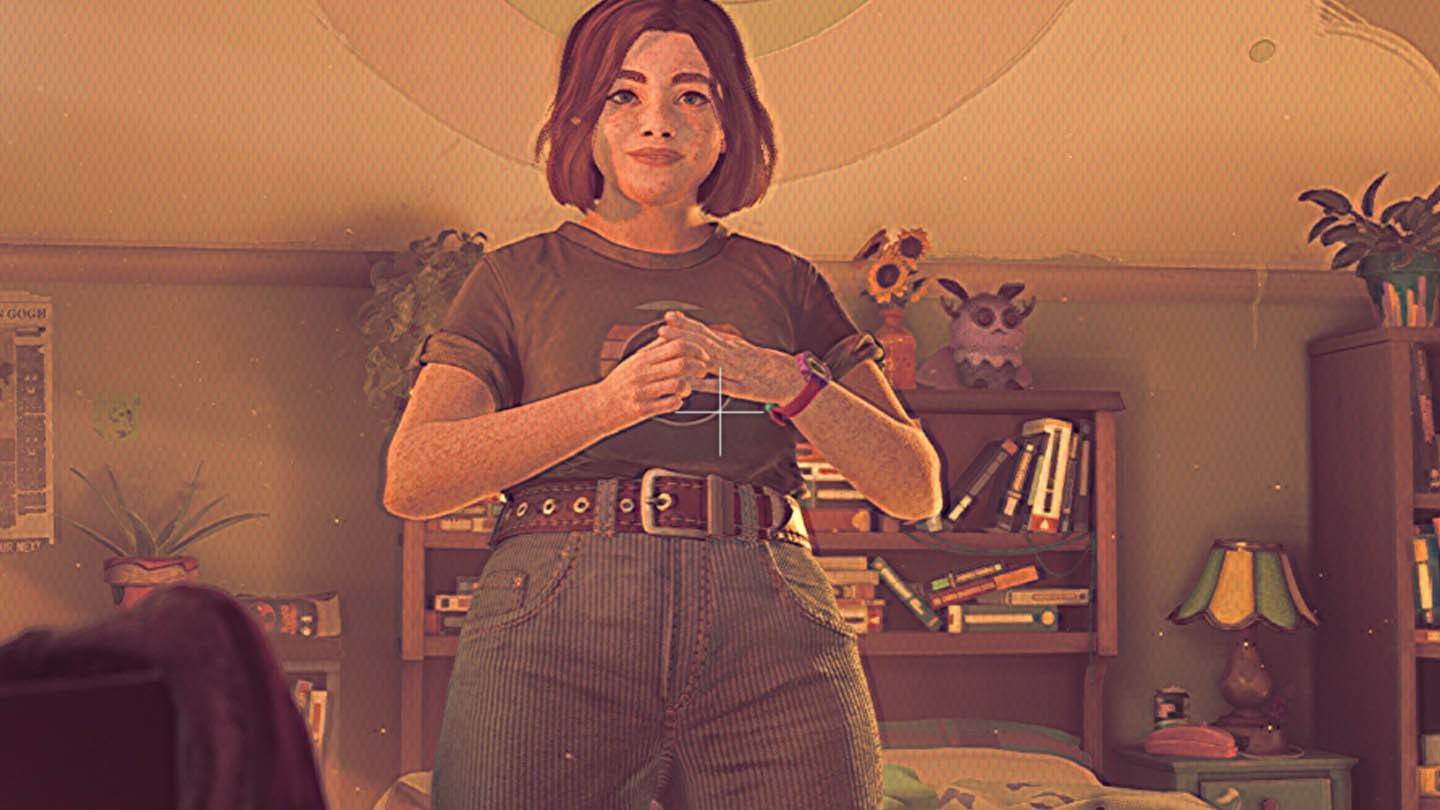 Image: ensigame.com
Image: ensigame.com
Her friends—Ottem, Kate, and Nora—fit familiar archetypes but transcend them. Nora, the punk with colorful bangs and big American dreams, surprisingly turns out to be the most cautious of the group. Kate, the passionate writer, often pushes for more daring adventures, encouraging Swan to seize the moment. Ottem values thoughtfulness and seriousness.
In their company, players feel the thrill of teenage invincibility, regardless of their actual age. Lost Records is a journey through time, not just into youth but into the heart of the '90s.
Nostalgia is woven into every aspect of Lost Records. Swan's room, a treasure trove of '90s artifacts, evokes a sense of both admiration and longing. From bulky TVs and VHS tapes to floppy disks, Tamagotchis, Rubik's cubes, and troll dolls, every item invites exploration.
The game is rich with pop culture references: Sabrina, The X-Files, Tank Girl, The Goonies, Twilight, Casper, Revenge of the Nerds, and many more. Video games like Oxenfree, Night in the Woods, Control, and, of course, Life is Strange are also nodded to, along with books and music such as House of Leaves, Nine Inch Nails, and Nirvana.
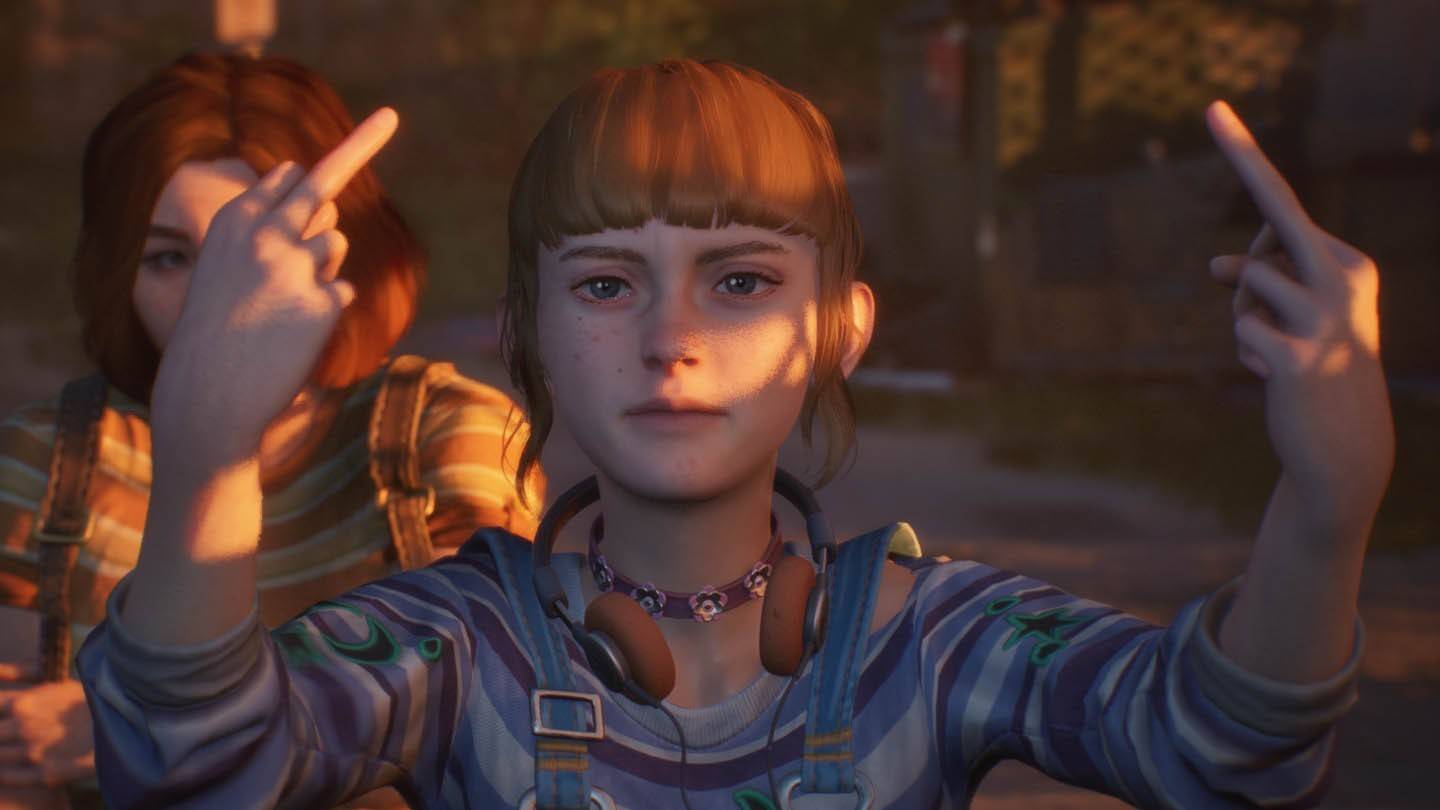 Image: ensigame.com
Image: ensigame.com
The plot's structure itself is a nod to Stephen King's It, with 27 years passing since the characters last met.
The soundtrack is a standout, with dream-pop and indie-rock tunes that soothe and captivate. Tracks like "See You in Hell" and "The Wild Unknown" are particularly memorable, enhancing the game's immersive atmosphere.
Velvet Bay emerges as the quintessential sleepy American town, cozy by day and chilling by night. The more players explore, the more Bloom & Rage entices and confounds.
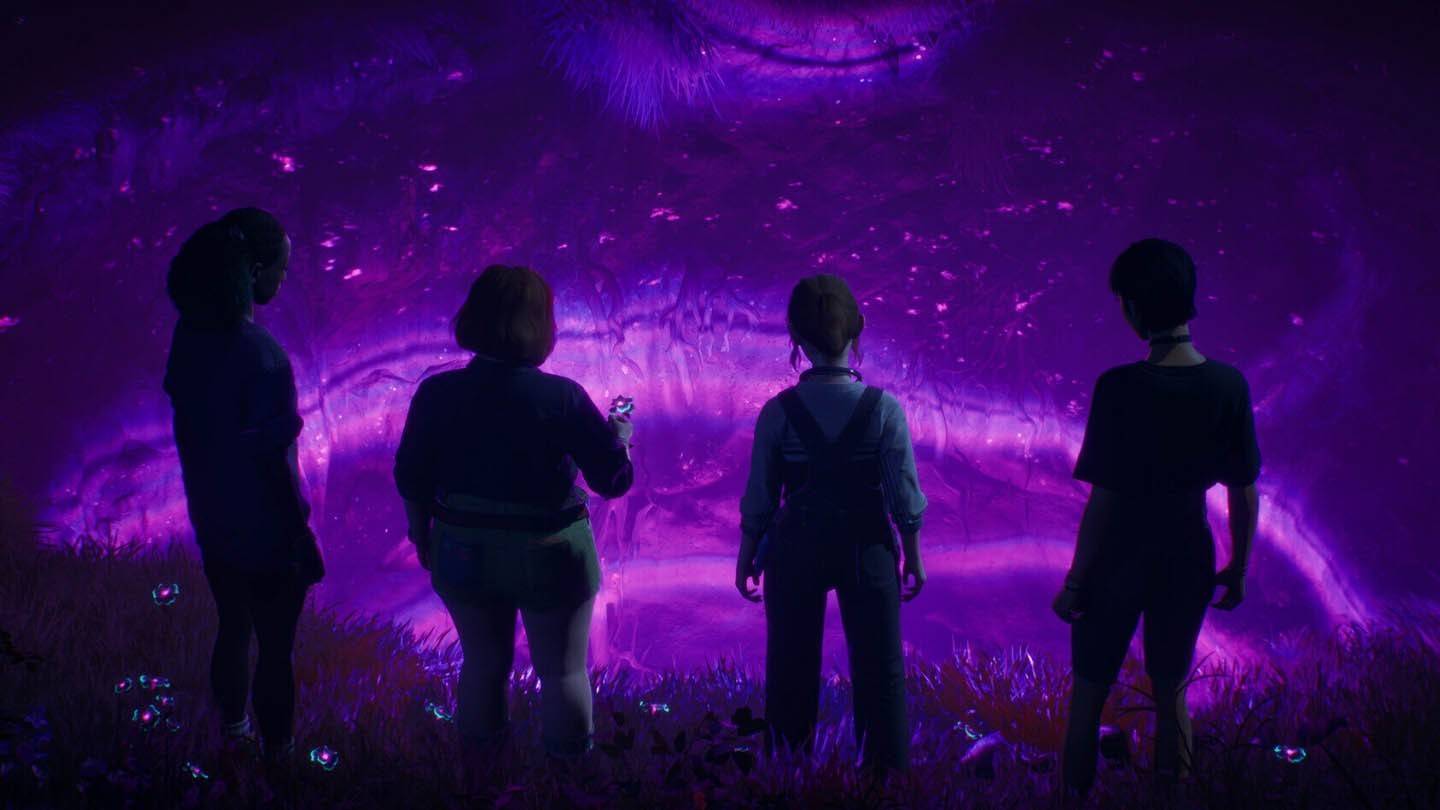 Image: ensigame.com
Image: ensigame.com
The story unfolds at a leisurely pace, so much so that the mystery genre might be momentarily forgotten. Unlike Life is Strange, where the transition from teenage life to detective work is swift, Lost Records takes its time. It encourages players to get to know the characters, build connections, and soak in the '90s ambiance before shifting gears.
This slow pace might not appeal to all, but it adds depth and immersion. The tension builds in the second half of the first episode, culminating in a cliffhanger that sets the stage for more excitement in the next installment. This leaves players eager to theorize and anticipate, which is exactly what the developers intended.
Lost Records: Bloom & Rage transports players to the '90s, whether they've lived through them or not. It's a game that understands its audience and delivers a heartfelt, engaging narrative. With relatable characters, meaningful interactions, and the promise of a compelling story, it has all the makings of a success in its genre. The full impact of Lost Records will be revealed with the release of the second part on April 15th. I eagerly await the conclusion, hoping Don't Nod will once again weave their storytelling magic.
 LATEST ARTICLES
LATEST ARTICLES